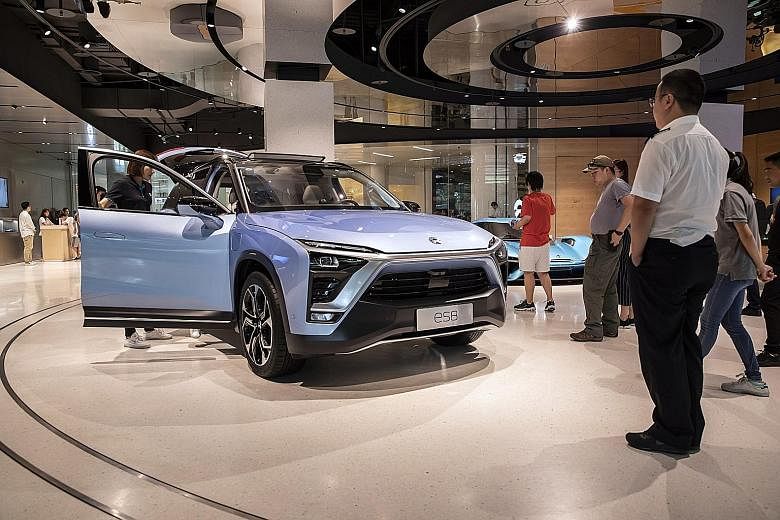The financial gearing of Asia-Pacific's largest companies has risen for a second year following a period of deleveraging, but market participants do not see cause for alarm.
The median total debt to total equity for non-financial companies in the MSCI Asia-Pacific Index reached about 44 per cent in the first nine months of last year. That is slightly higher than the 41 per cent seen in 2007, before the global financial crisis. Still, for many analysts, a low interest-rate environment, healthy cash balances and a favourable global economic outlook provide reassurance.
"We have a benign outlook for interest rates, and the big thing in 2020 is that governments in Asia will start using their country balance sheets to start stimulating the economy," said Mr Jim McCafferty, joint head of Nomura's Asia-Pacific equity research.
Falling interest rates globally have meant access to cheap financing for companies that want to expand through investments and acquisitions, or fund share buybacks.
According to Mr Justin Tang, head of Asian research at advisory firm United First Partners, Asian corporates have increased their borrowings in recent months in order to invest in new projects as trade tensions ease.
Companies with high leverage in the region include Chinese electric vehicle maker Nio, with a total debt to equity of more than 2,300 per cent, and luxury casino resort Wynn Macau at about 1,400 per cent, as well as airlines Korean Air Lines and AirAsia Group.
Firms domiciled in Macau, Thailand and the Philippines have the highest median debt-to-equity levels by country, while utilities dominated sectorally.
Analysts are confident that cash levels at companies in the region have improved over the past 12 years, providing enough buffer for balance sheets. For the first three quarters of last year, firms loaded up on US$2 trillion (S$2.7 trillion) in cash and cash equivalents, three times the amount they had at the end of 2007.
Total debt, meanwhile, has more than doubled to about US$6 trillion for the same period. Some observers say that limiting the use of debt purely to rein in gearing ratios may prove to be counterproductive for companies with healthy balance sheets. It is not a good idea to forgo attractive projects and lose them to competitors just "for the sake of controlling your net gearing ratio", said Mr Felix Lam, who manages Asia-Pacific equities at BNP Paribas Asset Management in Hong Kong.
In fact, gearing levels that are too low can be negative. Japan, which has undergone a long period of deleveraging since the bursting of its bubble economy in 1989, is a case in point. The country's return on equity has "stagnated at a historically low level since the 1990s", Oxford Economics said in a November report, "because financial leverage has declined, while the corporate sector's saving surplus has persisted for two decades".
And while leverage has risen for Asian companies overall, it is still far behind that of their American counterparts, with members of the S&P 500 Index clocking a median debt to equity of 92 per cent.
Current leverage levels may make some uneasy because higher debt is typically associated with vulnerability to economic downturn and increased risks for investors. But today, Asian companies are backed by economies with stronger balance sheets than during the global financial crisis, and recession fears have subsided in recent months because of positive data.
BNP Paribas' Mr Lam said he prefers companies with lower gearing and pays "extra attention" when analysing the capital expenditure and cash generation by those that are highly leveraged.
"Increase in gearing ratios does mean that the risk and volatility rise over time for certain stocks, but that doesn't mean that it's a straight no-go or negative in terms of a company's development in the next year," he added.
BLOOMBERG


